Encaustic painting, also known as hot wax painting, is a technique of painting.
It involves mixing beeswax, resin, and pigments, and applying it onto a surface using a heated palette, brushes, or other tools. Then, the wax mixture is melted and applied to a surface, and then fused with heat to create a durable and unique texture.
History of Encaustic Painting
Encaustic painting has a long history that dates back to ancient times. The word “encaustic” comes from the Greek word “enkaustikos,” meaning to “burn in,” which refers to the process of fusing the wax and pigment with heat. Encaustic painting was used extensively by the ancient Greeks and Egyptians.
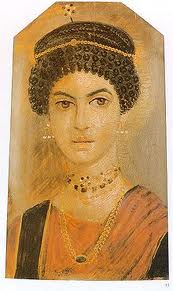
In Greece, encaustic painting was used for a variety of purposes, including painting portraits and mythological scenes. One of the most famous examples of encaustic painting from ancient Greece is the Fayum mummy portraits, which were painted on wooden panels with encaustic paints and used as funerary portraits.
In Egypt, the painting style was used for similar purposes, including funerary portraits and decorative works. The Egyptians also used encaustic as a protective coating for their mummies, and some examples of mummies have been found with encaustic portraits attached to them.
During the Roman Empire, it fell out of favor. Then, the technique was largely forgotten until the 18th century, when it was rediscovered by artists in Europe.
In the 20th century, encaustic painting experienced a resurgence in popularity due to the work of artists such as Jasper Johns, who used the medium to create textured and layered works of art.
Materials and Tools
Encaustic painting involves the use of a variety of materials and tools. Here are some of the most commonly used:
Beeswax:
This is the primary material used in encaustic painting. It is melted with resin to create a mixture that is used as a binder for pigments.
Resin:
Similar to beeswax, resin is added to the beeswax to increase its melting point and make the wax more durable.
Pigments:
Pigments are added to the melted wax mixture to create colors. Encaustic pigments are purchased from art supply stores or can be made by grinding dry pigments and mixing them with the melted wax.
Support:
Encaustic painting is done on a variety of supports, including wood panels, canvas, paper, and metal.
Heat Source:
A heat source is required to melt the wax and fuse the layers together. This is usually a hot plate, heat gun, or other heating tool.
Brushes:
A variety of brushes are used for encaustic painting, including natural hair brushes and silicone brushes.
Other Tools:
Spatulas, palette knives, and other tools are used to manipulate the wax and create texture and depth.
Techniques
There are different techniques in encaustic painting because the medium is very versatile and can be used in a variety of ways to achieve different effects. The wax medium is manipulated and altered in many ways to create texture, depth, and visual interest.
- Layering: The painting style lends itself well to layering because the wax can be melted and fused with heat. This allows artists to create complex, multi-layered artworks that have depth and dimension.
- Collage: Collaging is a popular technique in encaustic painting that involves layering materials onto the wax surface. This can add texture and visual interest to the artwork.
- Impasto: Impasto is a technique that involves applying thick layers of wax onto the surface of the painting to create texture and depth. This technique can be used to create bold, tactile artworks that have a sculptural quality.
- Carving: Encaustic painting can also be carved or incised, allowing artists to create intricate designs and patterns in the wax surface. This is also commonly known as “scraffito.”
- Embedding: Embedding involves adding objects or materials into the wax surface, such as dried flowers or metal shavings. This can add visual interest and texture to the artwork.
Contemporary Encaustic Artists
The painting style has experienced a resurgence in popularity in contemporary art, and there are many artists who have made significant contributions to the medium. Here are some of the most well-known contemporary artists working in encaustic painting:
Jasper Johns: Johns is often credited with bringing encaustic painting back into the mainstream art world in the 1950s and 60s. His encaustic works often incorporate text and found objects.
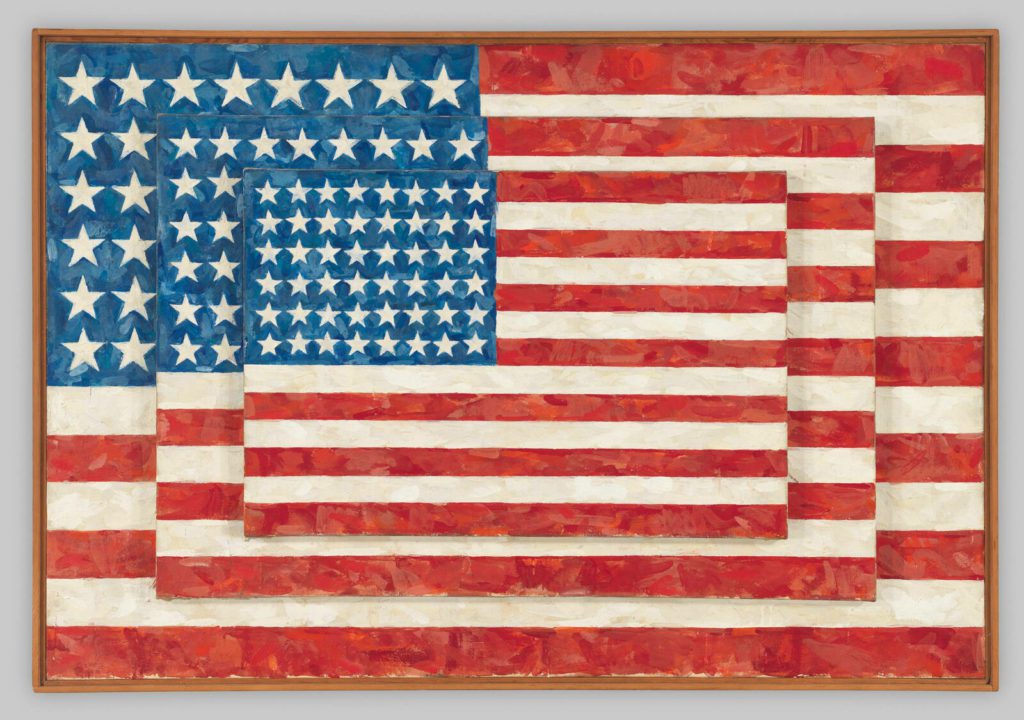
Joanne Mattera: Mattera is a prominent encaustic artist known for her use of color and geometric forms.
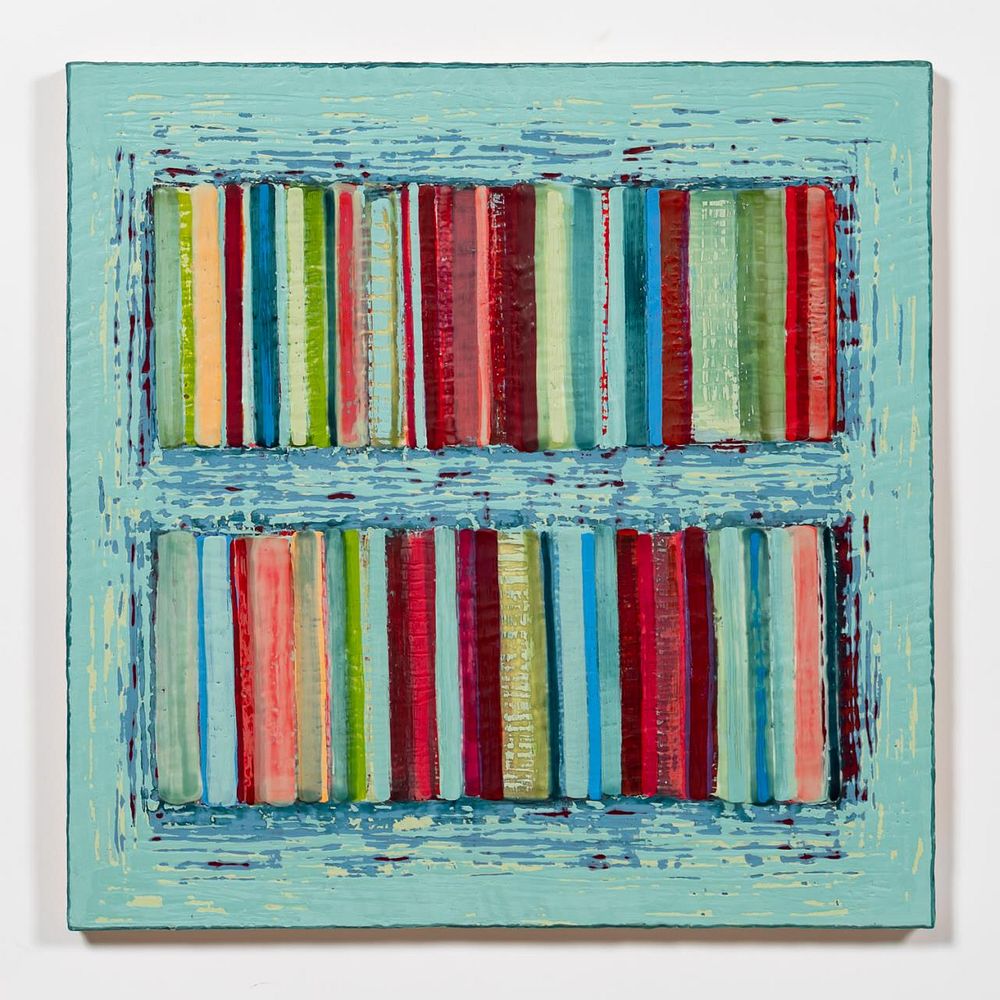
Paula Roland: Roland is known for her innovative techniques in encaustic monotype printing, as well as her abstract encaustic paintings.
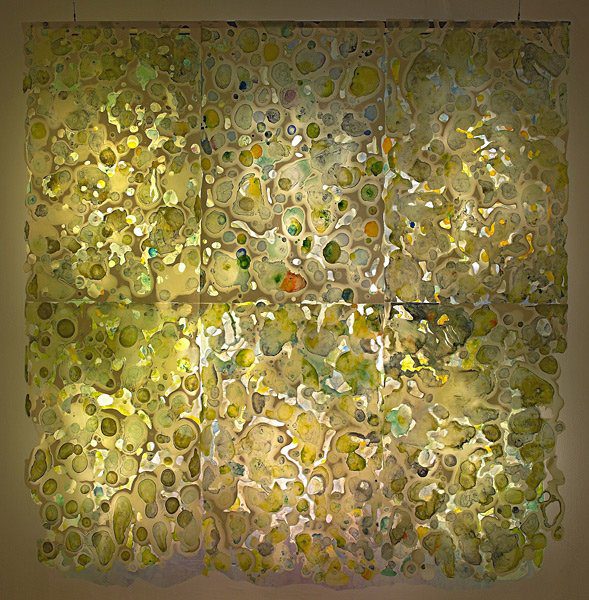
Shawna Moore: Moore is known for her atmospheric and luminous encaustic landscapes.
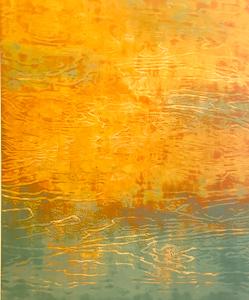
Michael David: David is a painter and sculptor is known for his large-scale encaustic paintings that explore themes of memory and loss.
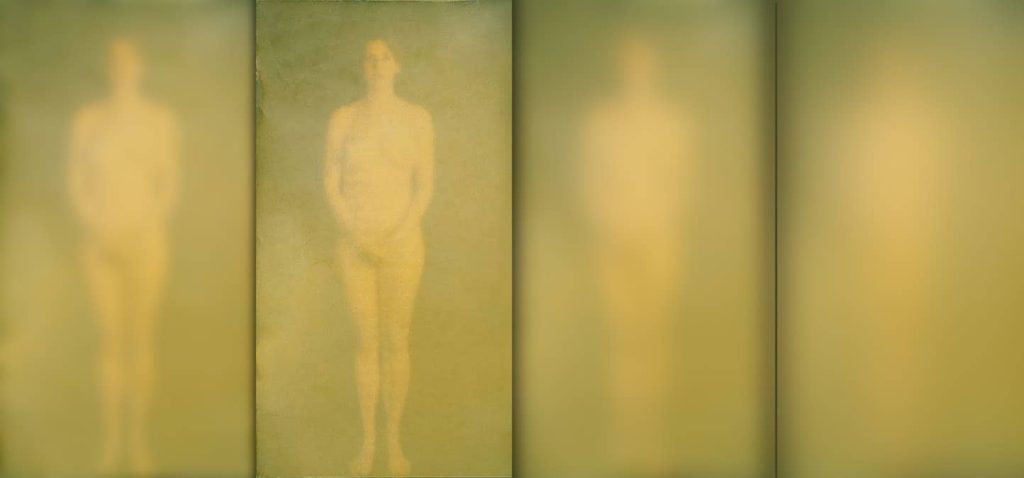
Lorraine Glessner: Glessner is known for her abstract encaustic paintings and mixed media works that incorporate found objects.
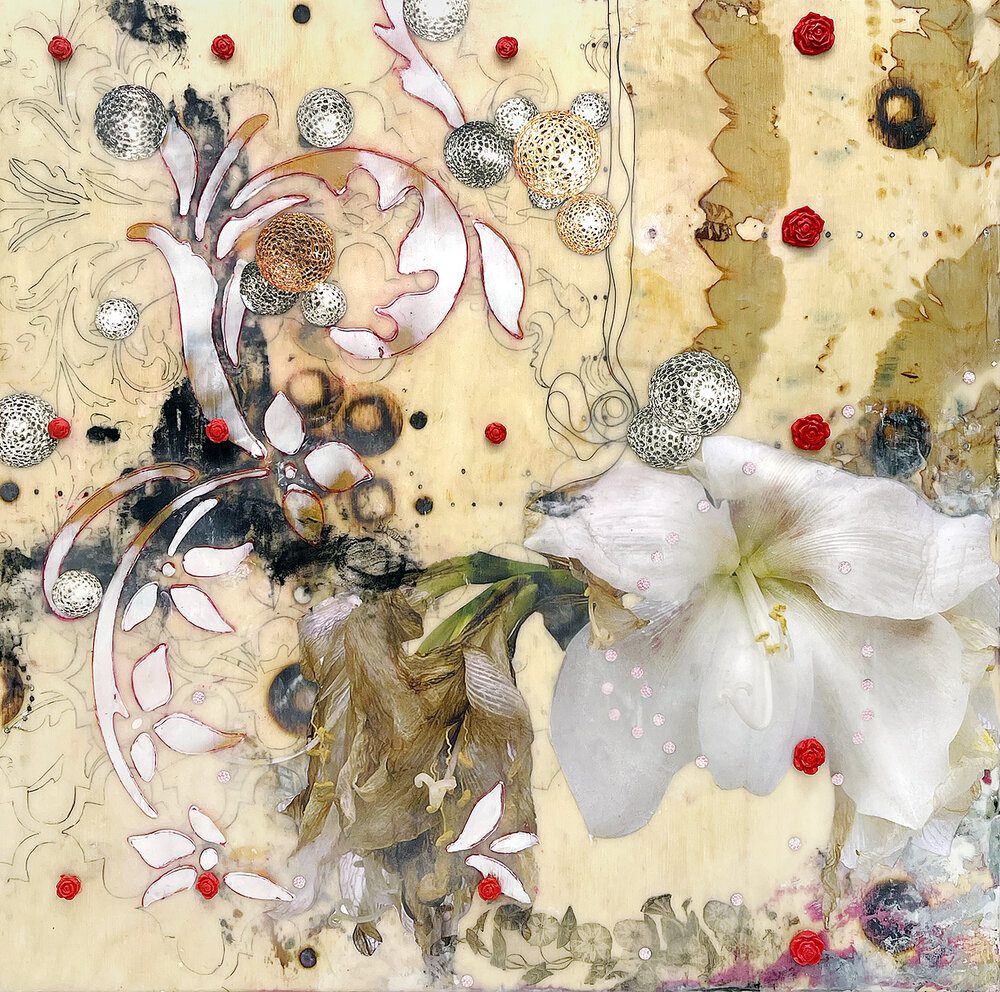
Alicia Tormey: Tormey is known for her highly textured encaustic paintings that incorporate natural forms and organic materials.
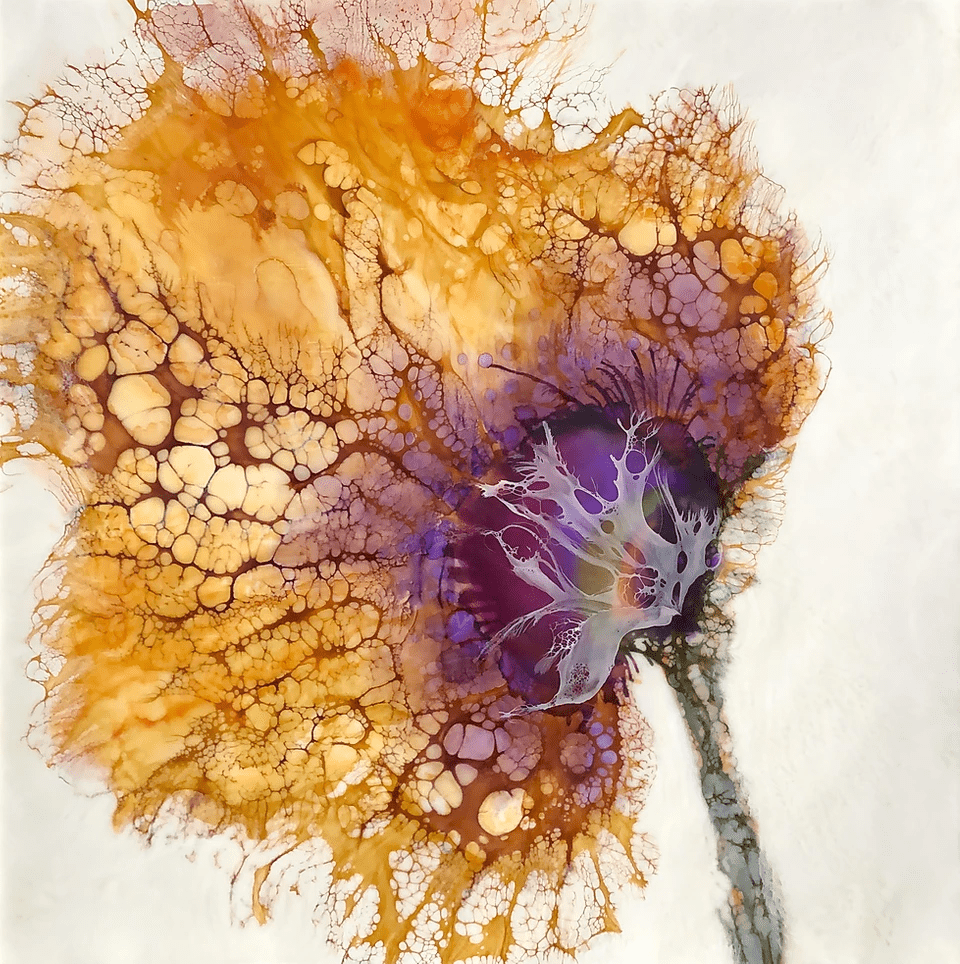

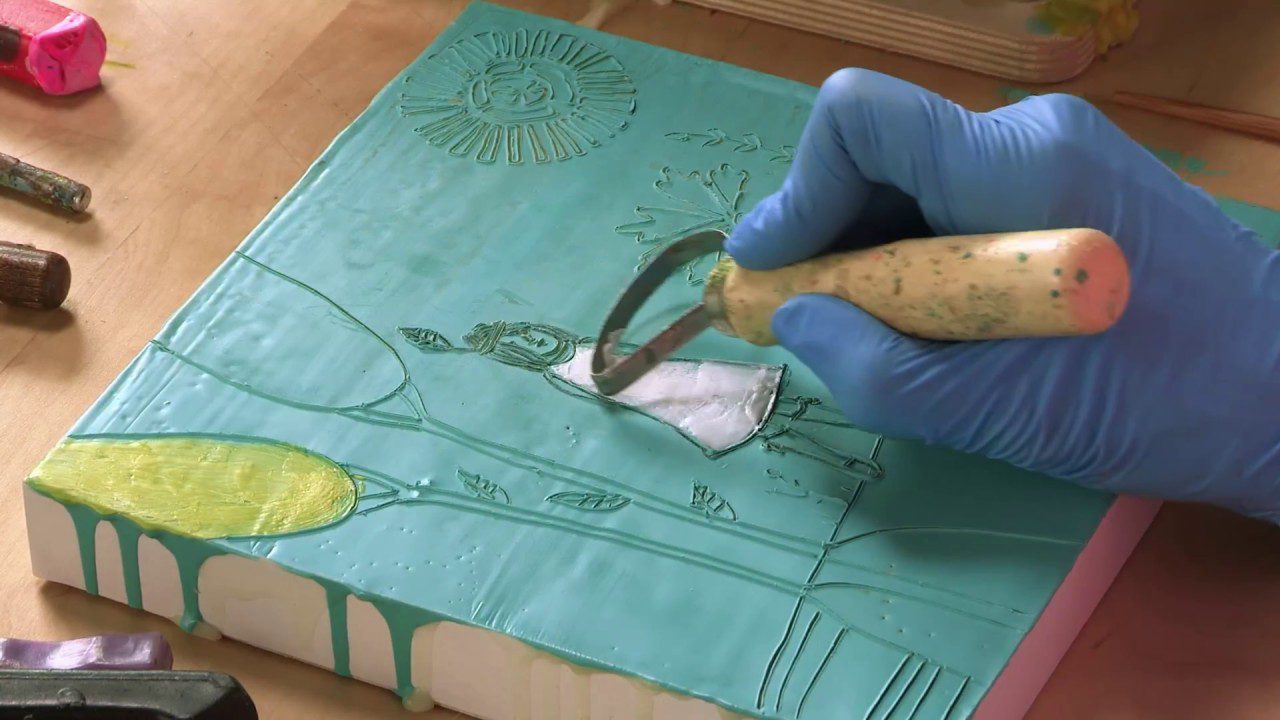
Comments are closed.